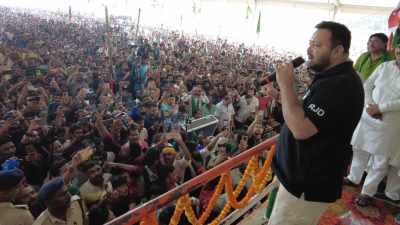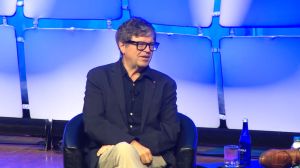Say bye to plastic credit now
Pricing on credit cards, which has been stubborn at nearly 36 per cent per annum, is set for a change. Thanks to the recently launched Credi...

Pricing on credit cards, which has been stubborn at nearly 36 per cent per annum, is set for a change. Thanks to the recently launched Credit Information Bureau (India) Ltd (Cibil), differential and sharply reduced pricing for good credit behaviour of credit card users may well be a reality, sooner than later.
Card-issuers are betting that access to the credit history of borrowers will help them profile and rate customers better. Something, which they have not had access to so far. Cibil, which is promoted by the SBI, Housing Development Finance Corporation, Dun & Bradstreet Information Services India Pvt Ltd, and Trans Union International Plc, promises just that.
Says HDFC Bank’s country-head for retail banking, Neeraj Swaroop: ‘‘This (differential pricing) will happen as a result of Cibil. I am not saying it will happen soon.’’ Seconds rival HSBC’s head for personal financial services, Vivek Kudva: ‘‘Yes, such pricing will happen. And across all retail services products. As to when it will happen, well, it will take time. The bigger point is that Cibil will help catalyse such a development.’’ Off-the-record, some say that the fall may well be up to 50 basis points for those with an excellent record.
Why should credit-card pricing receive a customer favourable leg-up? Of all retail products, pricing on credit cards has been stuck at 2.75-3 pc a month despite the secular fall in interest rates across-the-board over the couple of years, and a bias towards a softer interest rate regime. Credit card rates have held levels through the whole of the 90s to the present: a period in which general lending rates have moved downwards from in excess of 20 pc to a fine 6-6.5 pc levels. That is a huge southward movement. Not so for the credit cards business.
Rack-rates have held at nearer to three per cent, and ‘‘rate wars’’ if any, have largely been account of the transfer-pricing sweeteners offered by entrants on the credit card front: American Express (AmEx) and HDFC Bank did so. After the inaugural softness driven by marketing vigour, rates just move up.
A key reason for this is the delinquency factor. Swaroop puts it at eight to nine per cent levels. Kudva at 12-14 pc. And this is real bad news for card issuers. The good fellas are paying for the rotten apples, subsidising them.
Part of the blame for the mess rests with issuers themselves. While it took nearly a decade for Citibank and Standard Chartered Bank (StanChart) to get to the one million card issuance number, millions more have been added in the last two-and-half years by issuers totally new to the game. Enter AmEx, SBI-GE, ICICI Bank, HDFC Bank, ABN Amro Bank: all comers have been issued cards. A lot many new players issued credit cards based only on a potential customer’s previous billing record with a Citibank, StanChart or HSBC. And a photocopy of the card.
And the card-base has gone up. It is close to 10 million or so now, but one can discount that by at least 40 pc on account of the multiple cards per customer. As new players bombarded the same customer-turf, many more cards came to reside in wallets with cumulative credit-limits topping over Rs two lakh in some cases. So even as the industry claimed that the cards business was growing by 25-30 pc annually, trouble was brewing beneath. Whispers abound that the bulk of sorry stories reside within the books of newer players.
Says Swaroop: ‘‘As of now, Cibil is one more cost factor, but over time, this will change.’’






- 01
- 02
- 03
- 04
- 05

























